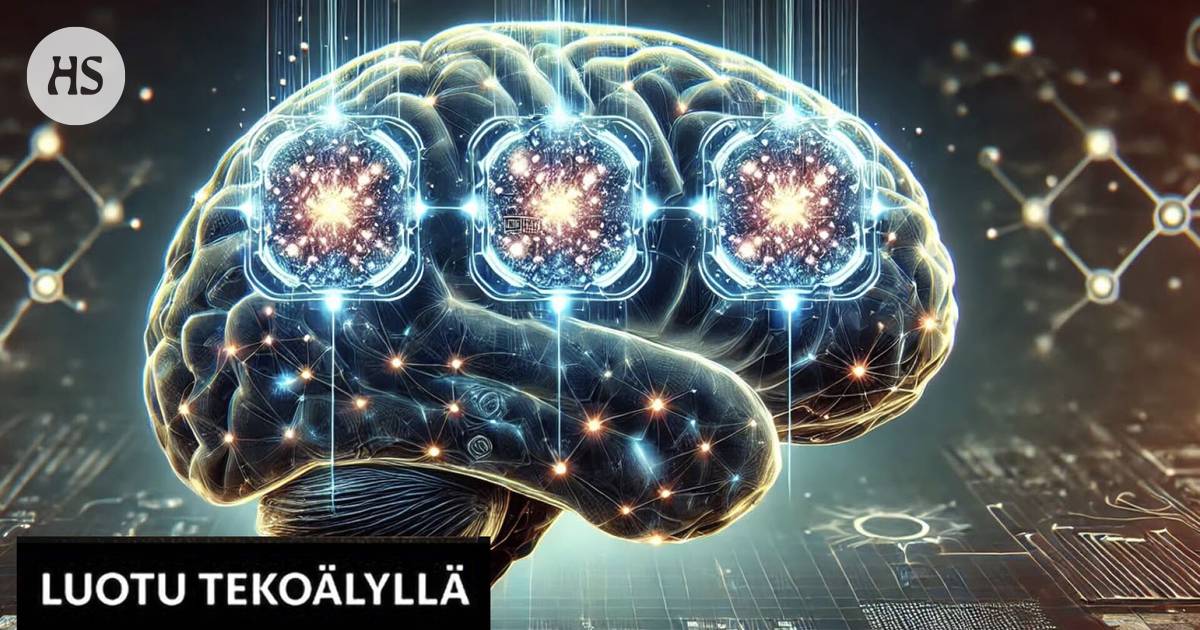Brain research|The different memory locations in the mice’s brains develop differently already in embryo formation.
The summary is made by artificial intelligence and checked by a human.
The brain stores what is remembered in different neurons and places. They are like backups.
In the brain of rodents, for example mice, there are three different groups of neurons that store what is remembered.
This is evident from a recent study by brain researchers at the University of Basel.
The discovery helps to understand how memory is formed and how memories can sometimes be accessed. Human traumas could perhaps be treated by examining different memory locations.
Our memory has often been compared to computer memory, perhaps without justification.
However, in one respect, the brain and the computer seem to be doing the same thing.
The computer takes backups of text, for example, and usually automatically.
You can copy and save data yourself to different devices and locations. This way you can verify that the data is preserved.
The brain also seems to copy the data we acquire from the outside world through our senses.
Brain use three different groups of neurons to store one memory, say brain researchers from Switzerland.
Brain researchers at the Biozentrum of the University of Basel in Switzerland found three different memory locations for the same information in mouse neurons. They are like backups of the same data.
They discovered the copies of the memories by imaging the brains of developing mice. Researchers tracked which hippocampus in neurons changed when new memory information was stored in the brain.
Different cell types can be seen in a mouse embryonic brain slice. In the picture, neurons that are born early are blue-red.
The role of the hippocampus in remembering is great. First of all, the hippocampus has early formed neurons. They develop in the womb when the mouse embryo begins to grow.
At the other end of embryonic development are late-born neurons. They appear in the developing embryo.
In between are neurons of the third type. They are formed in the mouse brain in the middle stages of its embryonic development.
When filming mouse brain, it was revealed that when a new memory is stored in early-born neurons, it is initially difficult to find it in the neurons. However, the memory gets stronger over time.
When the data is stored in later developed neurons, the copy of the memory is initially strong, but it fades over time.
In the end, the memory trace is so weak that the brain’s information processing can’t get anything out of it.
With three memory and copies have their purpose, explains the leader of the group that studied the brain Flavius Donato from the Basel Biozentrum.
The brain needs to remember what happened in the past in order for us to understand new things.
On the other hand, memory has to adapt when the environment changes. With the help of memories, we can make the right choices, he explains In the University of Basel bulletin.
The study was conducted on mice. Their brains are often studied in neuroscience. There are 75 cell types in the cortex of mice that are similar to humans.
Although it is about the memory cells of the mouse brain, brain scientists believe that memories have their equivalent in the human brain as well.
Memory copy knowing can before long affect how we take care of people’s experiences, for example traumas. They affect an individual’s mental health. In trauma, memories can change.
Researchers may be able to help people access memories that a person can no longer recall.
In the same way, a brain support could suppress such painful memories, which sometimes invade everyday life in a morbid way and disturb the flow of everyday life.
A study by brain researchers was published science journal Science.
Several websites also reported on the discovery, for example New Atlas, Tech Explorist and Science Daily.
